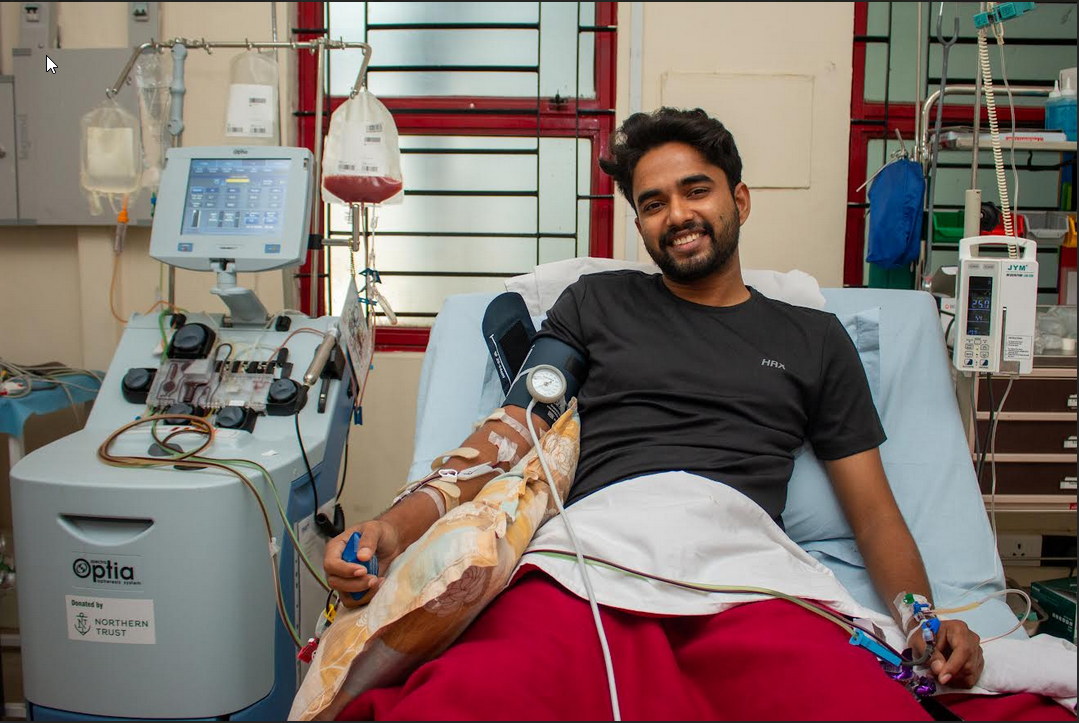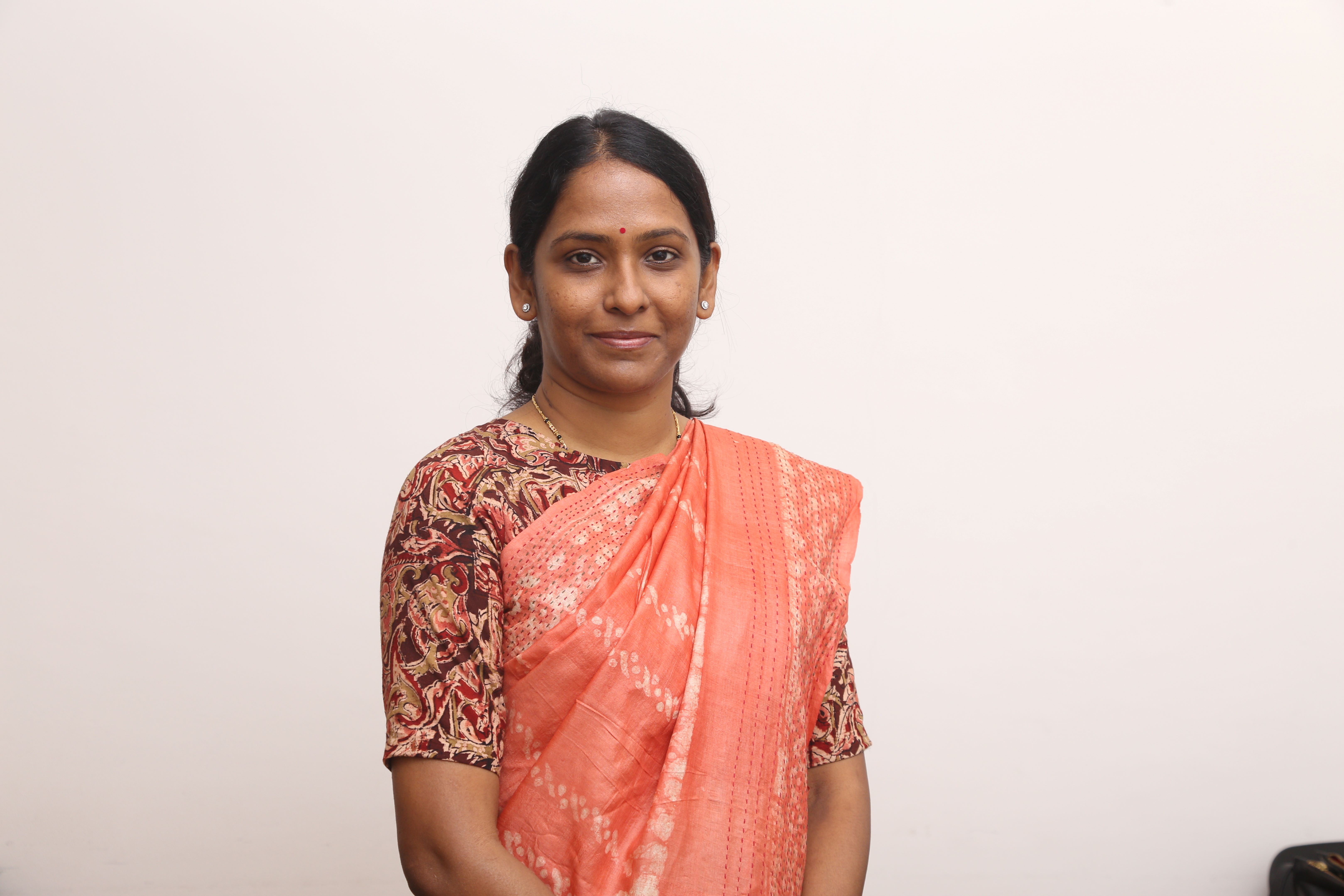Cardiac arrest is a serious health condition that occurs when the heart stops pumping blood around the body. In cardiac arrest, the person stops breathing and loses his/her consciousness immediately. It can be fatal if action is not taken promptly. Cardiopulmonary resuscitation (CPR) and automated external defibrillator (AED) are two significant steps that can save a person’s life from cardiac arrest.
Cardiac arrest Causes
Ventricular fibrillation (VF) is the most common cause of cardiac arrest. During this, the electrical activity of the heart becomes erratic, causing the heart to fibrillate and not beat. It can be a result of different heart-related problems like heart failure, coronary artery disease (CAD), heart attack.
Ventricular fibrillation can be because of other events such as suffocation/choking, hemorrhage, allergic reaction, drowning, drug overdose.
Warning signs
Cardiac arrest may come without warning signs while some may experience signs such as
Chest pain,
Palpitation,
Fainting,
Dizziness,
Breathlessness
After-effects of cardiac arrest
unconscious, unresponsive, not breathing
Emergency treatment (First aid for cardiac arrest)
CPR - CPR is the vital first aid procedure that can save a person’s life. The procedure differs for infants, children, and adults. Before starting CPR, check if the person responds to verbal or physical stimuli. We all should know how to perform CPR. CPR performed within the first few minutes of the heart-stopping can keep someone alive until medical help arrives.
Procedure for adult
1. Place your heel on the person’s breastbone in the center of their chest. Interlock your fingers with your second hand on top of your first.
2. Make sure your shoulders are higher than your hands.
3. Press straight down on their chest for 5 to 6 cm (2 to 2.5 inches) using your whole weight (not just your arms).
4. Release the compression and let the chest return to its natural position while keeping your hands on the chest.
5. Repeat at a rate of 100 to 120 compressions each minute.
6. After every 30-chest compression, take two rescue breaths. Gently tilt the victim’s head back and lift the chin with two fingers. Pinch the person’s nose. Seal your mouth over theirs for about 1 second, blowing steadily and firmly into their mouth. Make sure their chest rises.
7. Continue this, 30 chest compressions followed by 2 rescue breaths until the victim gets back his consciousness or an ambulance comes.
Defibrillation
Use of an electric shock given directly to the chest wall to normalize VF. It is carried out through a machine called a defibrillator.
Disclaimer: The content on this site is for informational purposes only, and should not be taken as professional medical advice. Always seek the guidance of your doctor or other health professionals for any questions you may have regarding your health or a medical condition.

 Cardiac arrest is a medical emergency that requires CPR and AED as its first aid. Know some warning signs of cardiac arrest. Also learn the correct procedure to perform CPR for an adult.
Cardiac arrest is a medical emergency that requires CPR and AED as its first aid. Know some warning signs of cardiac arrest. Also learn the correct procedure to perform CPR for an adult.










.jpeg)

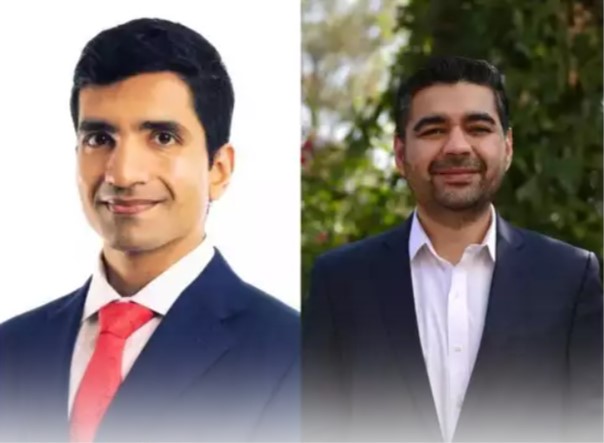
.jpg)






.jpeg)


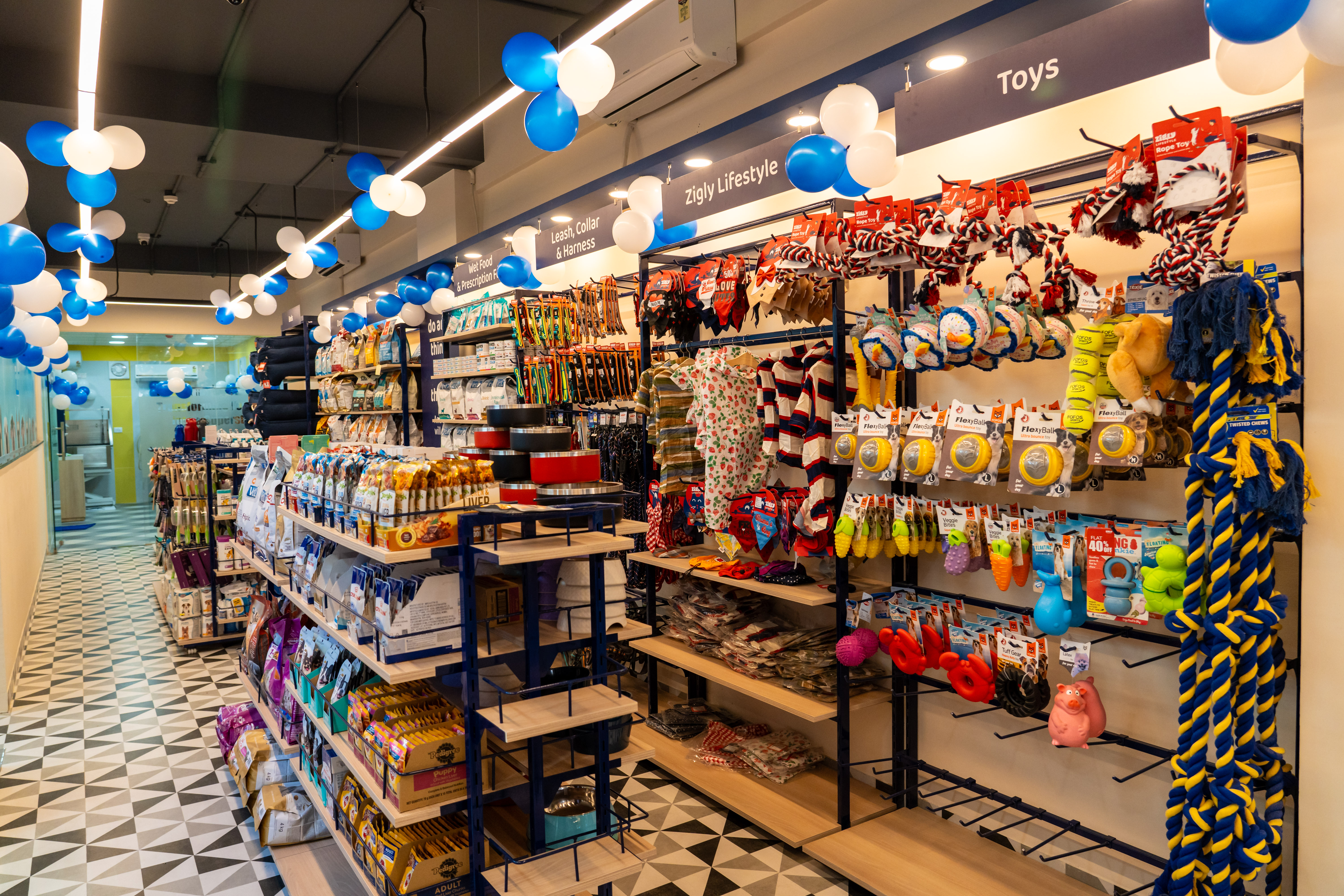
.jpg)
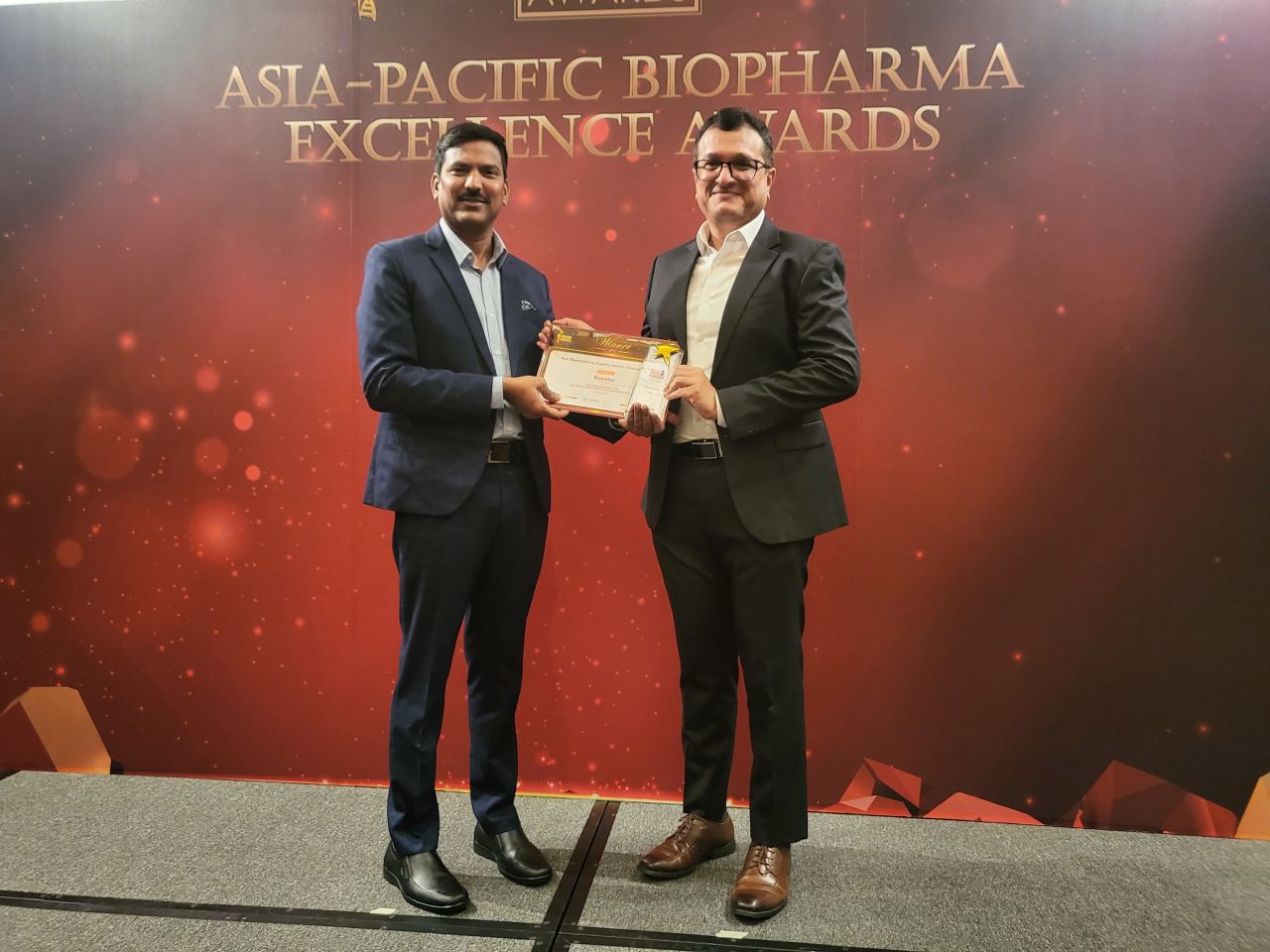

.jpg)
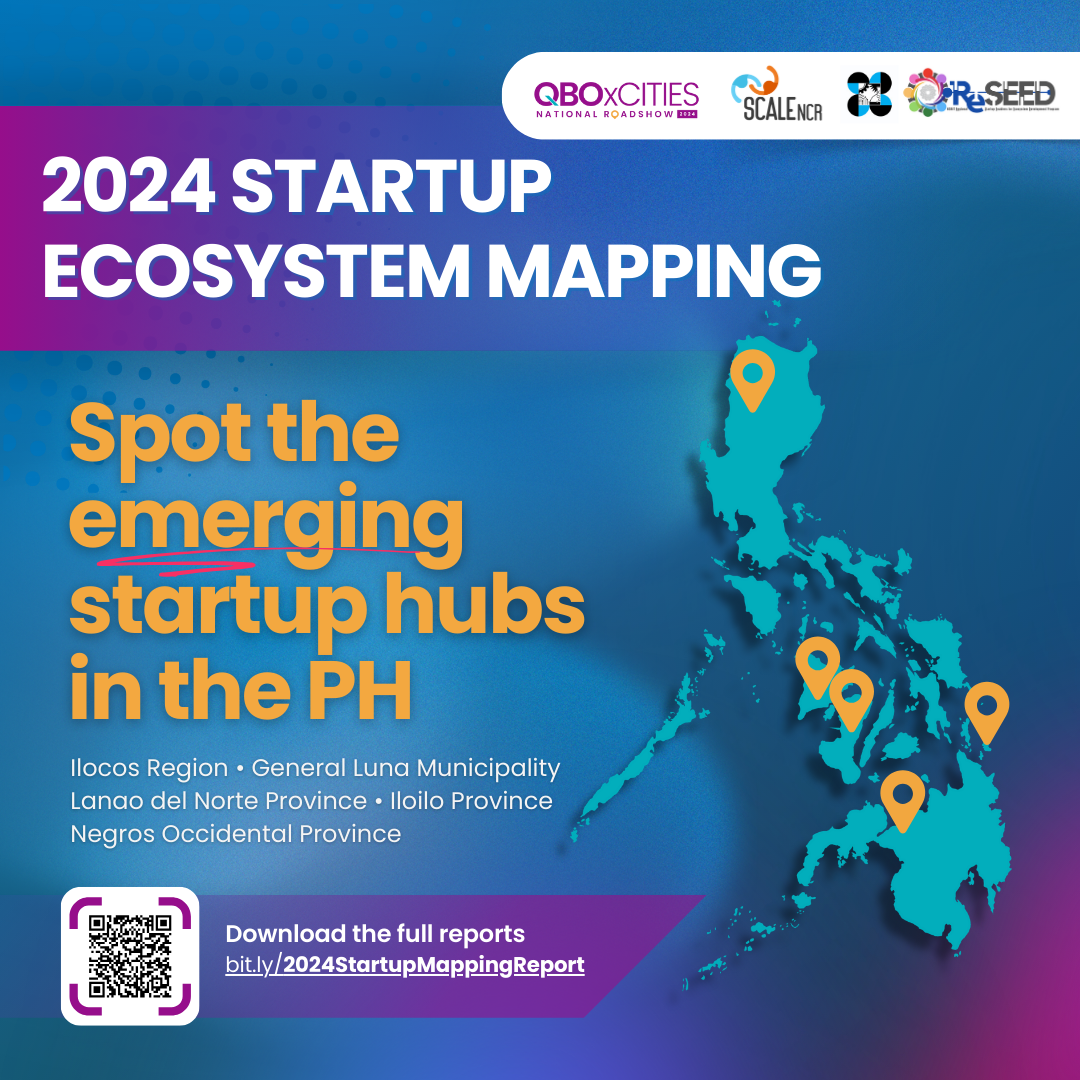



.jpg)

